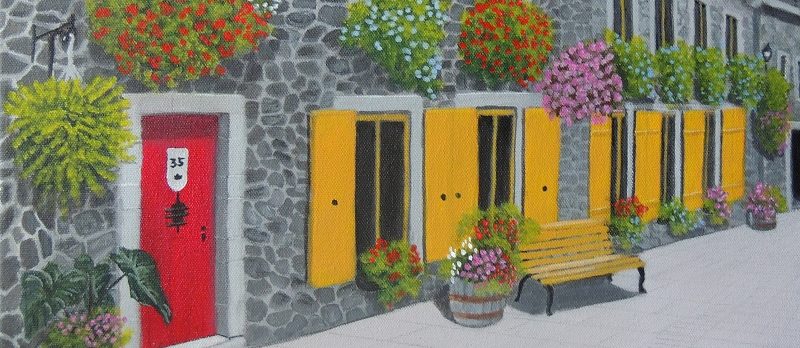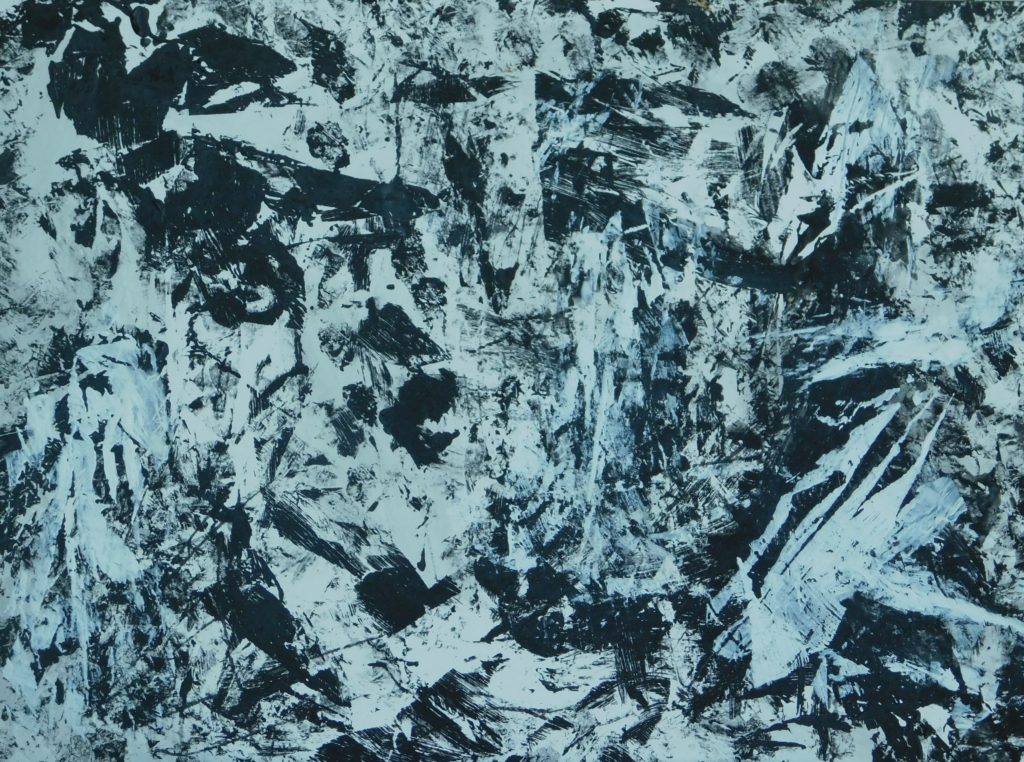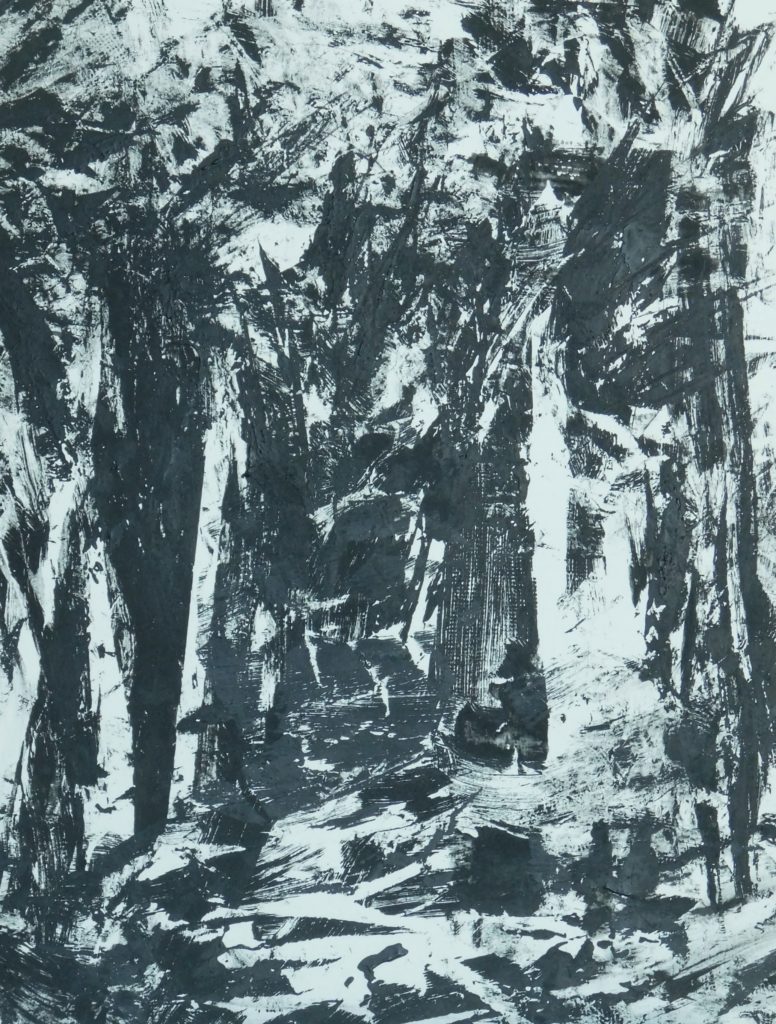Monoprinting
- Comments Off on Monoprinting
- Feb, 13, 2021
- By Lisa MacDonald
- Charcoal/Graphite/color pencil
I remember being told that to be a successful artist you need to develop a style and stick to it. This means painting the same thing over and over again. That may be fine for commercial artists who find a niche and then sell that idea exclusively. To me, part of the amazing journey of an artist is experimenting and pushing limits, learning new skills, and most of all enjoying the process.
I happened to find a YouTube video where the artist did these easy monoprints that I find so appealing. I’ve tried my hand at abstract but I was never satisfied with the results. This easy method of monoprinting means that the results are often unexpected but always interesting. There is something exciting about just following intuition not knowing the outcome. It is also a process that can easily be ruined by going that one step too far.
Here are the supplies you need:
- Can work on canvas or multimedia paper – anything that can take wet paint.
- Black paint acrylic or oil. I used acrylic.
- Scraps of paper for cutting out shape
- Water and paper towels.
Gloves are nice otherwise your hands get full of paint. - White plastic bags or seran wrap.
Method:
- Cut out shapes to place on the paper/canvas randomly.
- Using a paintbrush or palette/painting knife for applying the paint to the plastic.
- Any shape of plastic depending on the size of the area you want to cover at one time.
- Seran wrap gives more interesting texture as it crinkles easily for interesting effects.
- Apply paint to the seran wrap/plastic giving it an even coat. Apply the painted side of the plastic to your surface and press lightly. Lift the plastic carefully and apply to another area continuing until there is not enough paint left. Repeat until you have the desired coverage.
- Experiment from here forward.
- Place the plastic loosely over an area and using a round toothpick or other pointed object make lines in a variety of directions adding interest to your monoprint.
- Use paper to make negative spaces in your artwork.
- You can also paint your surface black and apply white paint.
- You can experiment with different colors or multiple colors. I happen to think the black and white is awesome.
- The water is used to clean brushes or add water to thin the paint. Paper towels are used to spread excess paint on the surface and for smudging as another effect.


